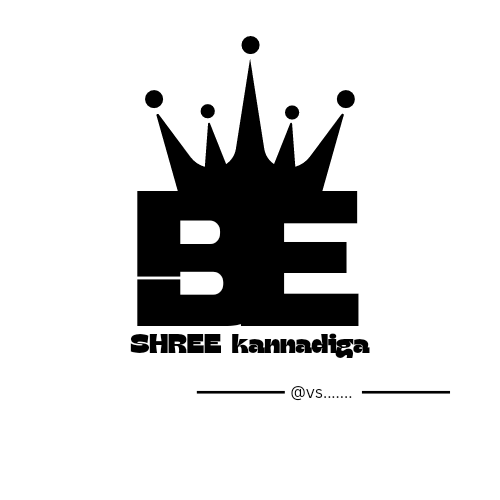the ultimate 7 day gym diet plan.
when it comes to nutrition ,things can become overly complicated .however, it is clear that nutrition has a huge impact on the progress that you make in the gym.
table of contents.
- foods to add to your gym diet plan
- gym diet-pre-workout foods
- gym diet- post -workout foods
- ideal 7 day diet chart plan .
- foods to avoid in your gym diet plan .
- nutrition dos and don'ts
- summary frequently asked questions (FAQs)
in addition ,it will also serve as a resource and highlight the nutrient-rich foods that one should incorporate into their daily gym diet plan.
foods to add to your gym diet plan.
there are mainly three macronutrients that play a crucial role in maintaining bodily functions and even promote changes in strength and composition -they are carbs, proteins ,and fats and it is essential that we consume all three macros in ample quantities to optimize progress accordingly .
foods to add to your gym diet plan.
there are mainly three macronutrients that play a crucial role in maintaining bodily function and even promote changes in strength and composition -they are carbs, proteins ,and fats and it is essential that we consume all three macros in ample quantities to optimize progress accordingly.
carbohydrates
firstly ,carbohydrates are the primary source of energy for the body and therefore play the most substantial role in fueling exercise. There are two different types of carbohydrates i.e. complex and simple. the names give an indication of time taken to digest complex carbs that take a longer time period to digest than simple carbs.
furthermore, complex carbohydrates provides the body with prolonged slow- release of energy and have ,fast releasing energy,they ,contain little nutritional value .
therefore,you should consume complex carbohydreates for example whole -grains,beans ,nuts,fruits,and vegetables for maintaining a proper gym diet plan.
thank you .............
next page.


.jpg)










